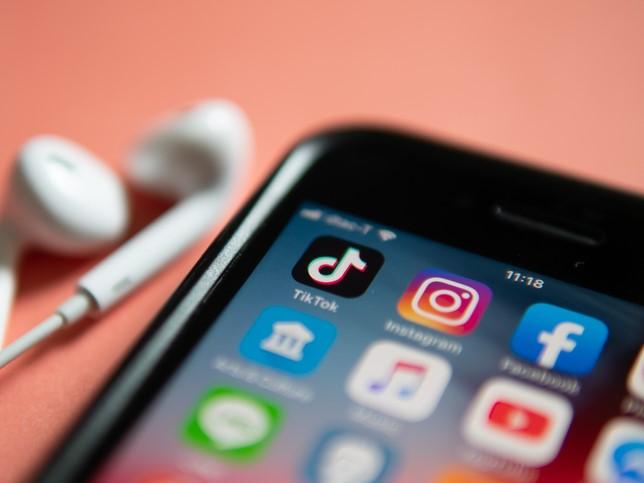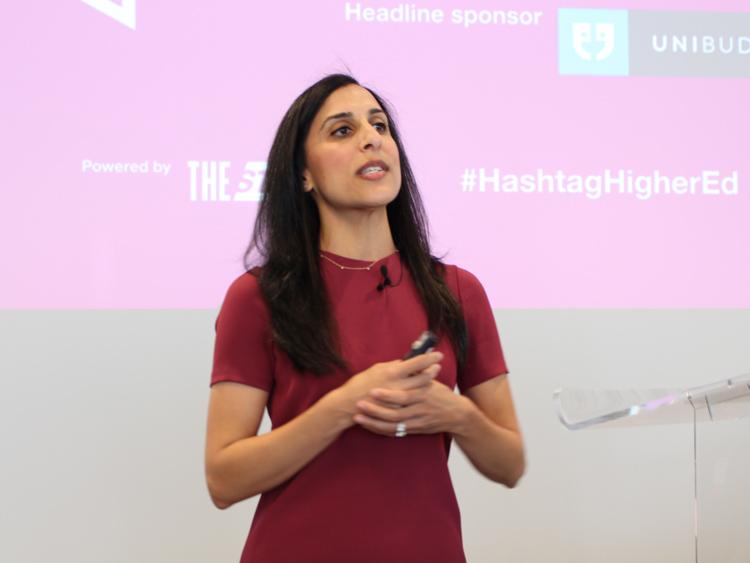Marketers across all industries put great effort into publicising positive customer testimonials or showing how their amazing product changed their customers’ lives for the better. Customers are at the heart of every business, and students should be at the heart of every university.
One of the most powerful assets an education marketer has at their disposal is the authentic student voice.
Prospective – and current – students appreciate insights from other students because they are more genuine. They don’t necessarily polish everything about their university experience the way marketing departments typically do. They are more honest about their struggles and challenges, and this provides remarkable value.
Instead of simply using quotes from students, here are some tips on collaborating with them to create authentic marketing content for your university:
1. Embrace short-form video content – TikToks and Instagram Reels
I am a huge advocate for the use of TikToks and Instagram Reels in higher education marketing. After all, they appeal to and are growing in popularity among the 15-25 age group, which is a prime demographic for higher education. Short-form video content can offer the very essence of authenticity, which is what Gen Z craves.
Such videos often have a friendlier, more informal voice. A TikTok of a student showing off their accommodation facilities, for example, can almost feel like a real-life friend showing you around – rather than a formal marketing video boasting about “first-class facilities”. An Instagram Reel of a student sharing their top five study spots on campus is likely to have much higher reach and engagement than a blog article without a named author.
One of the most successful Instagram Reels I created was of an online student wearing her graduation robes, expressing her sincere excitement about coming to the University of Edinburgh campus for the first time to graduate in person. She said: “I belong. This is my university.”
Some practical pointers for creating short-form video:
- Discuss rough points or a storyboard with the student
- Make sure the student leaves a three-second pause before and after speaking
- Shoot in vertical format
2. Provide opportunities to chat with current students
If your institution isn’t already offering prospective students the opportunity to chat with current ones on platforms such as UniBuddy, you are missing out. It helps greatly to talk to a real person who is currently studying at the university.
While I was a UniBuddy ambassador, I answered many questions from offer holders, ranging from tips on flat hunting to my favourite subjects and lecturers on my programme, to my involvement in student societies. The people who talked to me were often very grateful for my time and some thanked me for my insight even after they graduated.
3. Help amplify diverse voices
In education circles we often preach about the importance of equity, diversity and inclusion. What better way to put this into practice than amplifying the voices of minority groups and students with diverse experiences?
For example, if the Islamic Society is conducting its annual Islamophobia Awareness Week, you could let a society representative take over Instagram Stories for a day to take people on a virtual tour of the event. Or perhaps you could get in touch with the disability service at your university and ask if any students would be interested in showcasing their unique learning experiences.
However, in the quest to feature authenticity, do be wary of featuring the same “diverse” students again and again, and avoid tokenism or performativity.
A personal favourite in terms of unique content that I have worked on is publishing a video of an online master’s student who was also a rock star, studying from a tattoo parlour while their partner was getting inked.
4. Make sure the students benefit as well
I’ve created content for both Newcastle University and the University of Edinburgh while I was studying at those institutions. While I genuinely loved creating the content, I was also motivated by a number of benefits. The things I valued as a student content creator were:
- The role being properly titled so that I could list it on my CV – providing value for job-hunting after graduation;
- Being paid fair compensation to create regular content – it is unfair to expect students to consistently create a lot of content for free;
- A great team to work with, learn from, and meet up with every month;
- Flexible timing to create content – studies are the priority for students after all;
- Genuine creative freedom and not having words put into my mouth.
When students are paid properly and treated like valued contributors, they will produce their best content – providing brilliant, authentic insight into their university experience.
Having been on both the distributing and receiving end, I strongly believe that authenticity is key to education marketing. No matter what your university ranking is or how many notable alumni you have, authentic word-of-mouth publicity from current students is your greatest tool.
Ari Badlishah is digital engagement officer in the online learning marketing team at the University of Edinburgh.
If you found this interesting and want advice and insight from academics and university staff delivered direct to your inbox each week, sign up for the THE Campus newsletter.




comment